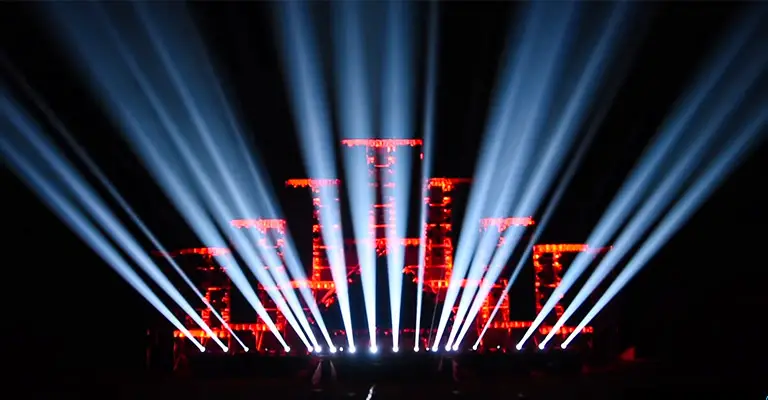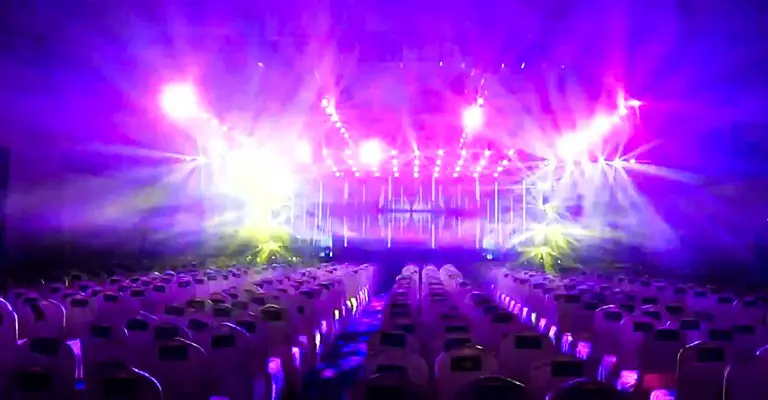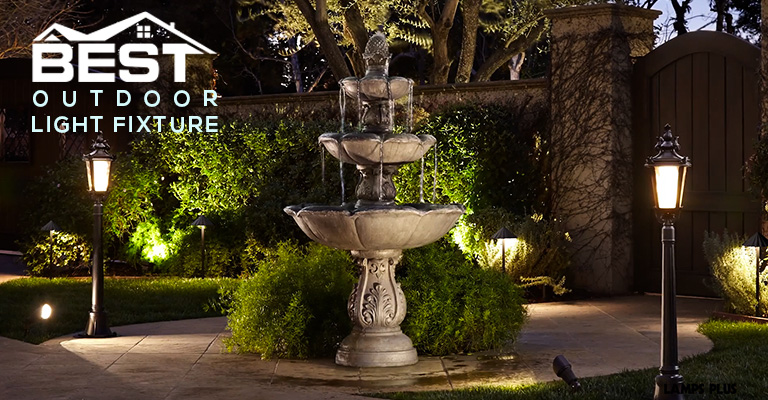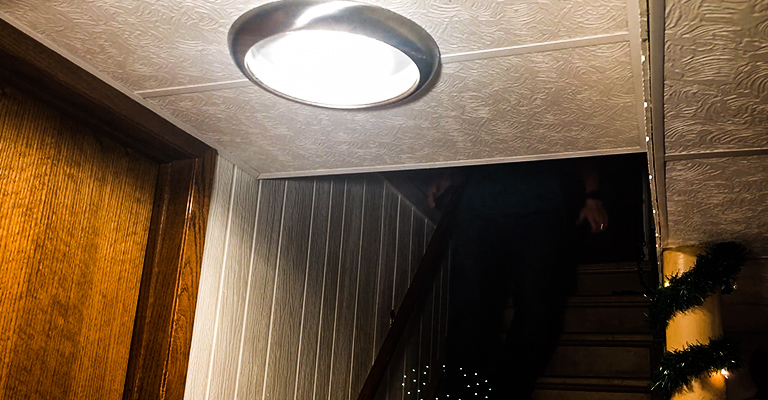What are the 6 functions of stage lighting?
No matter if it’s strip lights or Fresnel lanterns– stage lighting in any stage performance or function makes it vivacious. Let it be a million-dollar presentation or a product reveal ceremony, convocation, cultural program, or a concert, stage lighting is vital for audience experience and satisfaction.

What Are the 6 Functions of Stage Lighting?
State-of-the-art lighting technologies offer much more than just a clear sight of a stage performance. It can illustrate and amplify a performer’s play more vividly, make it livelier. Here are the 6 main functions of stage lighting.
1. Visibility
The primary reason for stage lighting is to make sure that the audience has the perfect view of the stage. Most stage performances are done in theaters or at night, where natural light barely comes in. So stage lighting is really important for viewers to see what’s happening on the stage.
Systematized lighting setup can amplify the audience’s experience and satisfaction. Face to face interaction implies more impact by letting the audience understand the performer’s actions better. Besides, making sure of the visibility of the elements of the production like backdrop, props, and costumes to the audience is very important.
2. Atmosphere
Stage lighting can play a significant role in setting up the mood of a function. As in, the lighting setup should not be flashy and dazzling at a funeral. On the contrary, a dull stage lighting setup can kill the mood and vibe of the fans in a concert.
With modern technology, even synchronizing the lights with the music beats has been possible. Bright flashing light setup can be used in a music or dance show where the spotlight can be focused on the performer. Proper light settings help the audience to get accustomed to the context of the vibe or mood of the function.
3. Form
The revelation of form can be said as a segment of composition or mood. The lighting designer needs to create a platform to display the entire narrative to the audience. New forms of objects or people in the spotlight using their shadows from behind can also be created.
4. Focus
To keep the focus of the audience on the desired part of the play and keeping the unwanted portions like scene transitions, costume changing off from the scene is one of the major functions of stage lighting.
It has significant importance in capturing the audience’s attention and ensuring that they’re following the progression of events on stage. As an example, in ballet dance, the main focus of the stage should be at the ballet dancer.
5. Effect
Good lighting setup can illustrate the artistic effect on the stage. Also, many types of virtual effects like raining, smoke, storming, lightning, snow, cloud, gunfire, or other visual impressions can be created.
Effects and emotions need to be created especially in theater shows. With the help of lights installed in a particular direction, the light designer can highlight the emotional scheme of the portrayal.
6. Composition
The lighting composition enhances the turn of events of the show as in plot twists, dramas, scene transitions, mainly flow of the story. Lighting can also be used to create a virtual background or scenery.
What Are the Five Qualities of Light?
Knowing the properties and attributes of stage light can help to understand the aspects of the effects of stage lightings on the audience’s mind. There are some basic qualities of light like intensity, form, color, coverage, and movement.

How to Know How Much Power I Require for Stage Lighting?
The simple equation of the power law of physics can help you on this one. Knowing two of the parameters by measuring voltage, and amps with this formula, I (amps) x V (volts) = P (watts). You can calculate any of the parameters if you can measure the other two.
Conclusion
Lighting designers play an instrumental role in creating the perfect ambiance and mood for a stage production. An experienced lighting designer meticulously manipulates the lighting equipment and sources to emphasize the primary function of stage lighting – selective visibility. They utilize a variety of stage lights, from fixed to moving lights, ensuring that the focal point of the scene is aptly illuminated. This not only includes the use of colored lights but also the control of light intensity, which creates a visual hierarchy on stage. Moreover, these professionals make use of side lighting to give depth to the scene, adding a different dimension to the overall presentation.
Next, it’s worth noting the immense potential of stage lighting design in shaping the emotional reality of a performance. The interplay of light and shadow, the transition from bright to dim light, and the strategic placement of colored lights – all contribute to stirring emotions within the audience. The expertise of lighting technicians is thus integral to any production, their craft being a significant driver of the narrative. Their role extends beyond merely lighting the stage; they create an immersive atmosphere that bridges the gap between the audience and the performers.
Finally, the six functions of stage lighting underscore the integral role that lighting professionals play in the realm of theater. Their expertise and adept handling of lighting equipment turn a simple light source into a tool for storytelling. From setting the tone and mood, creating focus and atmosphere, to painting a visual picture and communicating the time of day, lighting professionals exhibit their artistry in every aspect. Ultimately, stage lighting design is a craft that transcends the boundaries of mere illumination, entering the realms of art and emotion, and enhancing the overall experience of a stage production.
A perfect combination of all of these factors helps to bring life to a stage play. It is a powerful tool to produce a display of a unique art piece. Not only the actors’ performance is necessary for production, but the lighting setup also impacts the show significantly.






